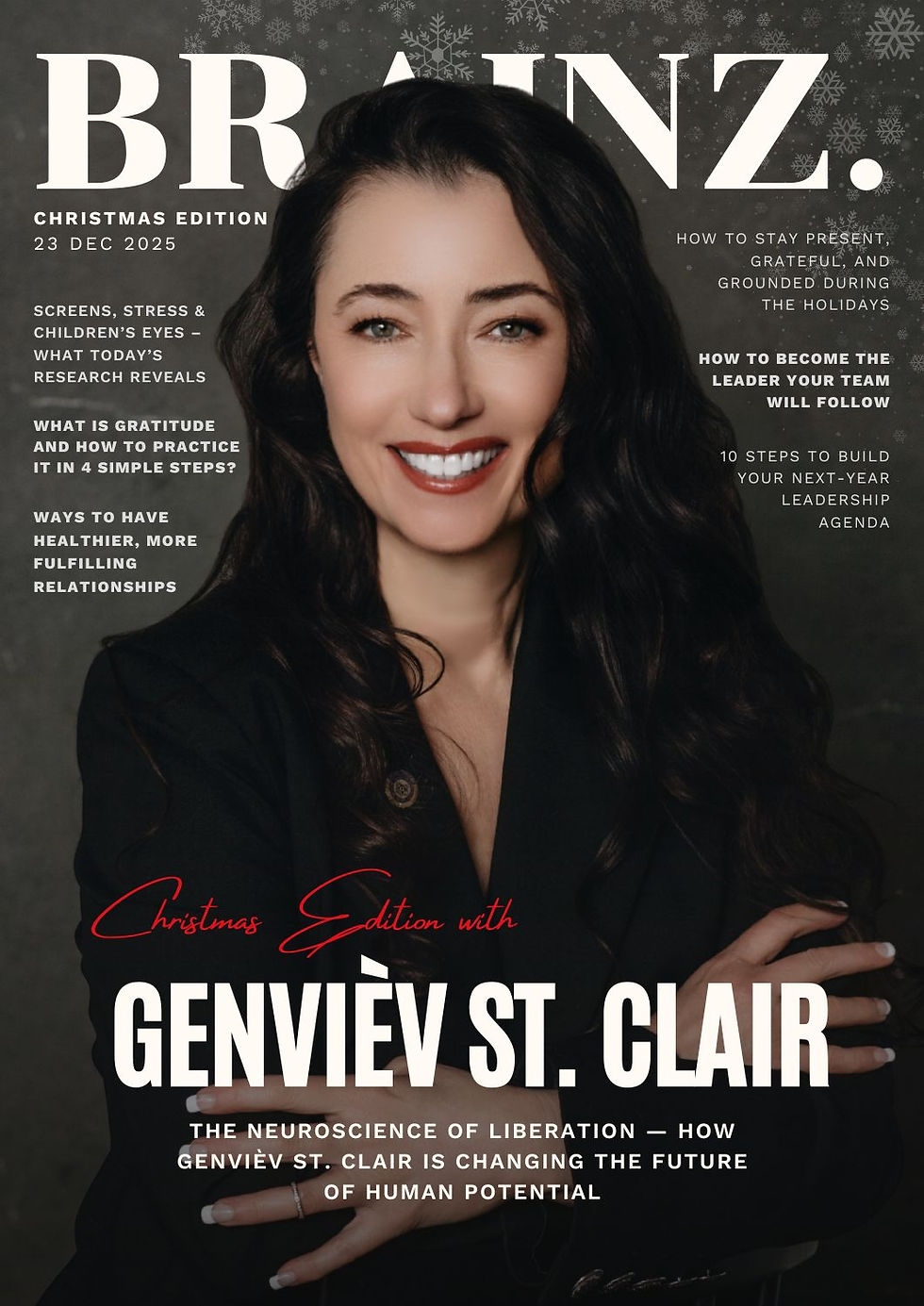If You Care About Your Team, You Will Put The “Who” Before The “What”
- Brainz Magazine

- May 10, 2023
- 2 min read
Written by: Nad Philips, Executive Contributor
Executive Contributors at Brainz Magazine are handpicked and invited to contribute because of their knowledge and valuable insight within their area of expertise.

Jobs involving taking care of other people are governed by the principle of doing no harm. Psychologists and coaches obey a code of deontology. Not so for managers, as if managers can not cause damage to their direct reports.

Knowing that the relationship between a manager and his team members is an attachment relationship. This means that the managee is expecting his manager's protection and not expecting him to be the source of harm.
The symbolic bond of attachment and the need for proximity, reassurance, and security is also reinforced by Barbara Frederickson's theory of "broaden and build" which describes what becomes possible in a relationship of trust:
Personal growth
Adaptability and adjustment
The feeling of being valued and accepted as you are.
Confidence in one's personal abilities.
Increased mental resources related to learning and exploration.
In an overly task-oriented managerial culture, it is believed that performance is achieved best through process efficiency. This thinking led to hyper-specialization, prescriptive processes, and meaningless jobs devoid of autonomy. Lucky with complexity came the systems thinking and agility providing more discretionary power and autonomy.
In a person-centered managerial culture, one appreciates that performance is achieved through people. In a relational culture, you go one step further: the quality of the relationship and the strength of the bond a manager creates with his team will unleash the kind of engagement and motivation that team members are willing to give freely and that no amount of pressure can yield.
So, if you are able to build a secure attachment bond with your team you will provide psychological safety, you will be concerned for their wellbeing, and be mindful of the way you are treating them. You will provide individualized consideration and become more empathic.
According to Mikulincer and Shaver leaders with a secure attachment style are sensitive and available to the needs of their teams and provide guidance, advice as well as material and emotional support to their teams. They develop the spirit of initiative, creativity, and autonomy.
They contribute to improving the team member’s sense of self-worth, self-confidence, and self-efficacy. They have teams most often associated with risk-taking behaviors, resilience, and willingness to meet challenges. Their teams undertake personal development work and learn new skills constantly. Remember to put the who before the what, the question is not what needs to get done; it’s who is going to do it.

Nad Philips, Executive Contributor Brainz Magazine
Nad is an adult learning and development, global consultant. He specializes in helping teams design prosocial relationships and become future fit. Prior to coaching Nad served as European VP and MD France for a Fortune 500 company. He was an honorary professor with ESSEC Business school. Nad also launched several startups in Europe. He is an Amazon best-selling author and lives in Paris, France.










.jpg)